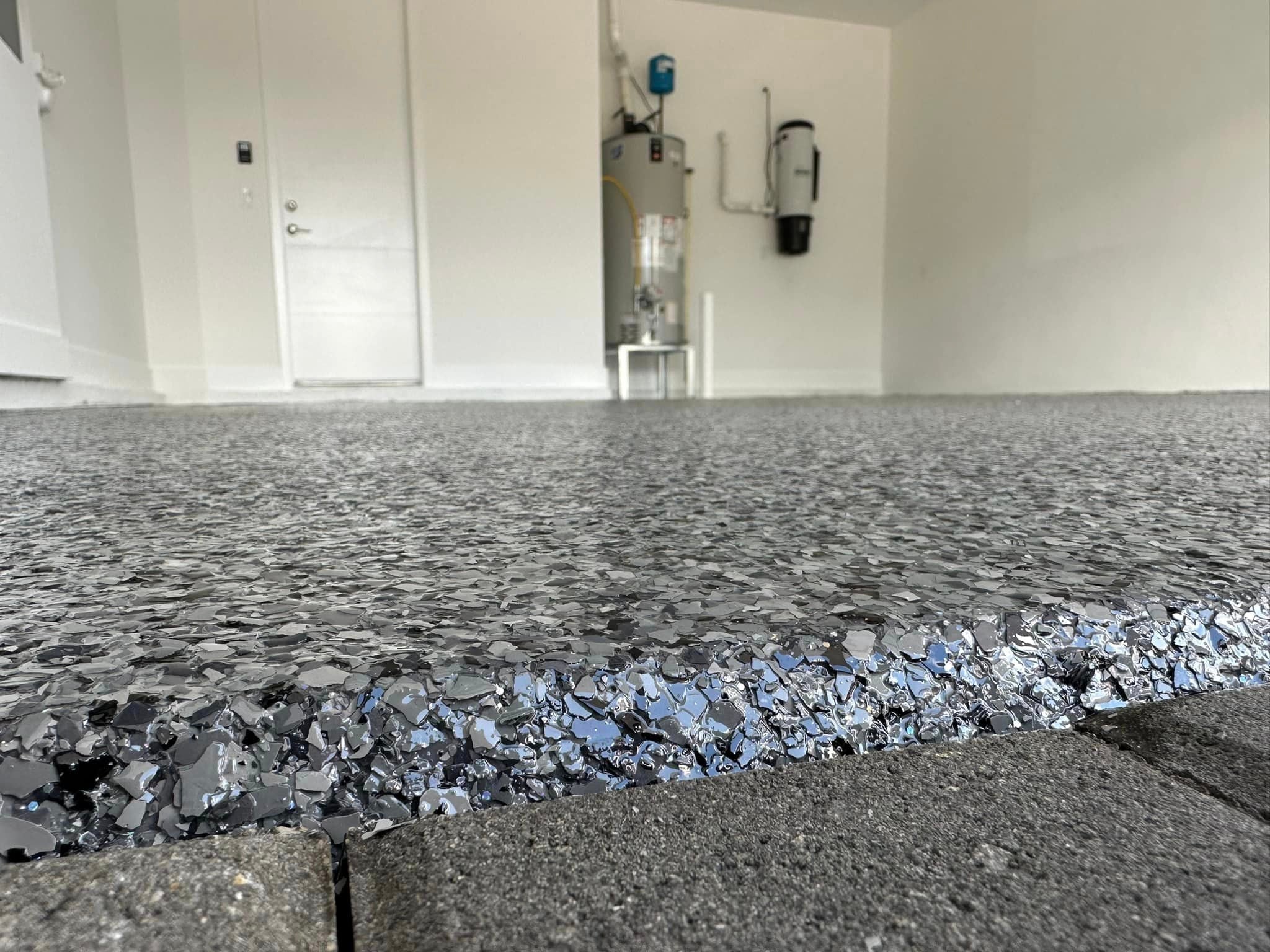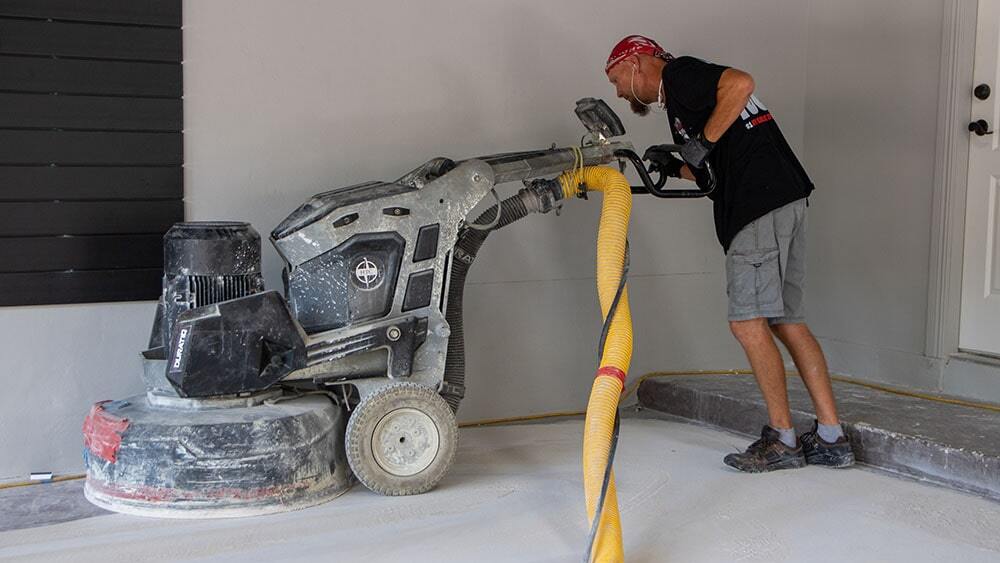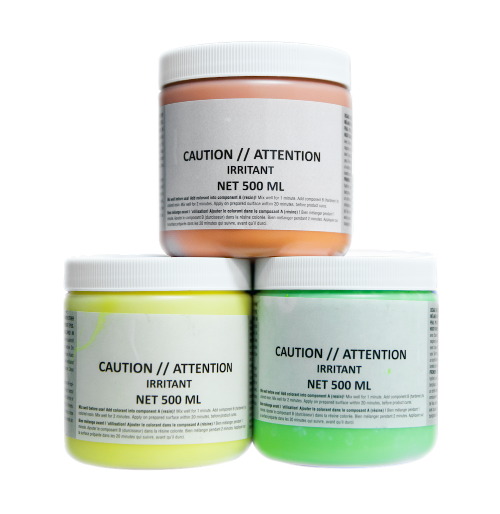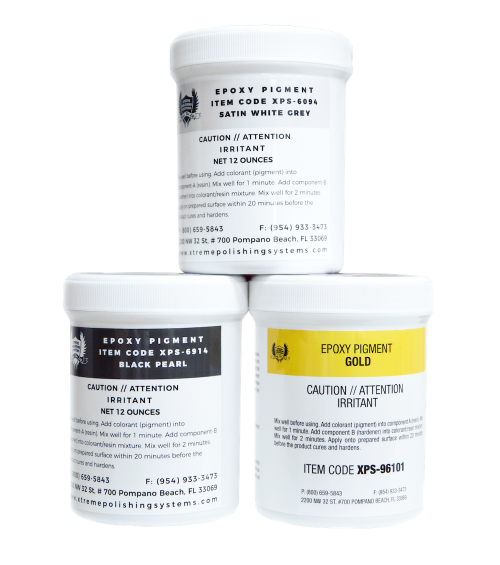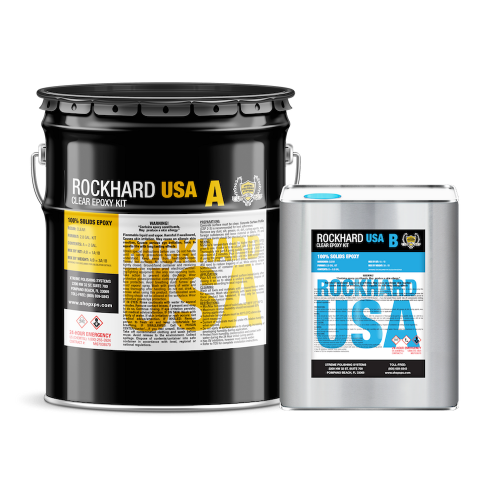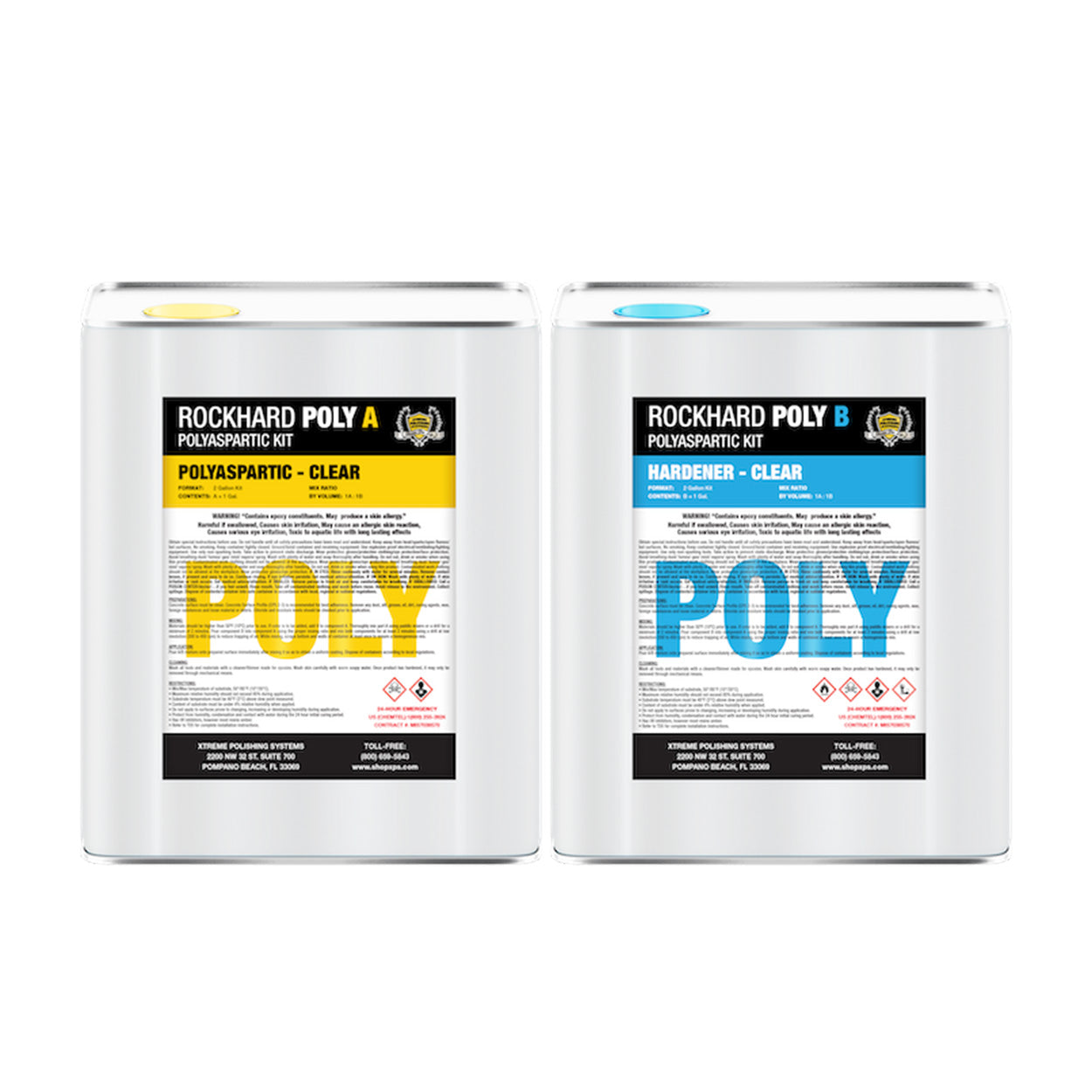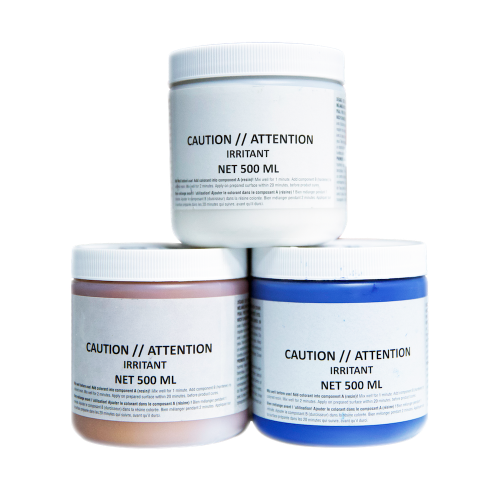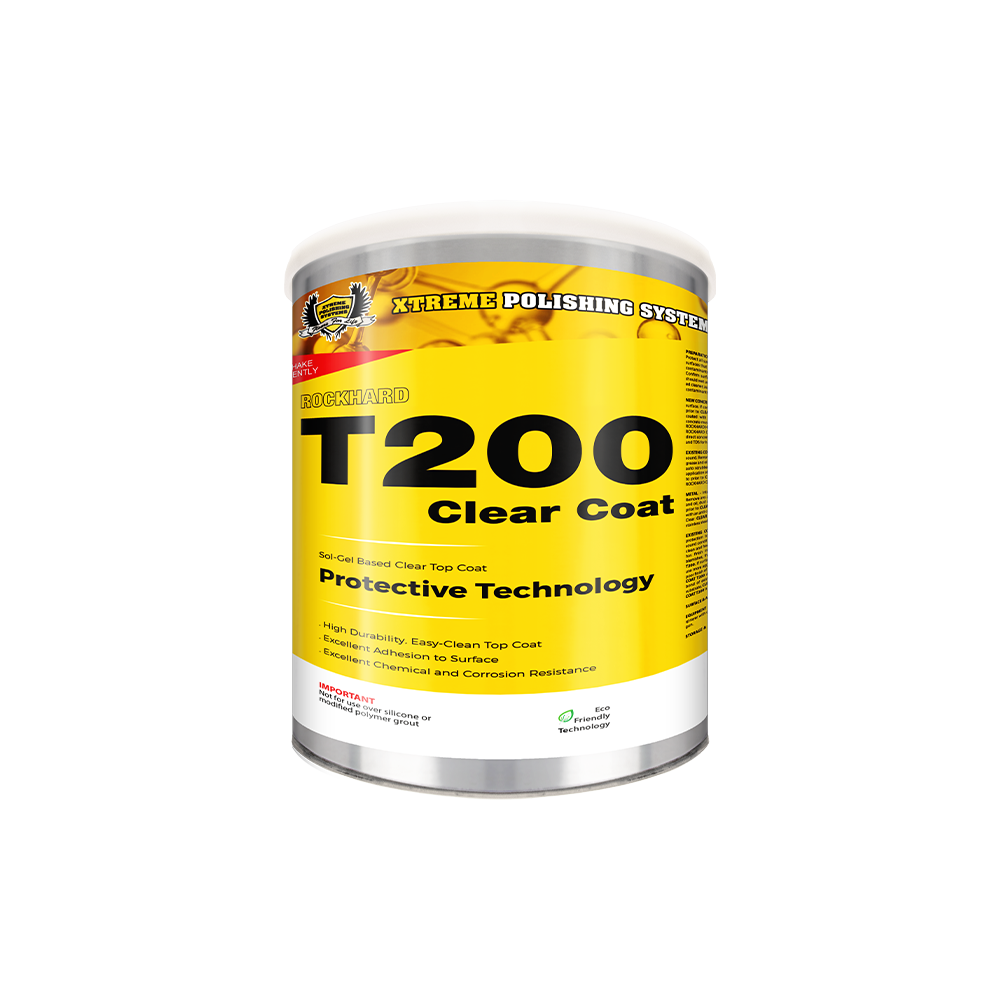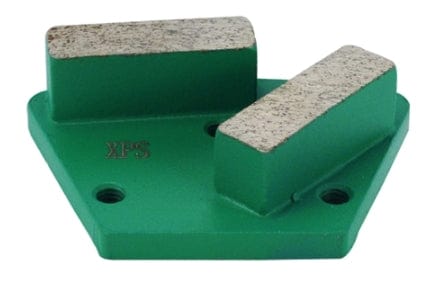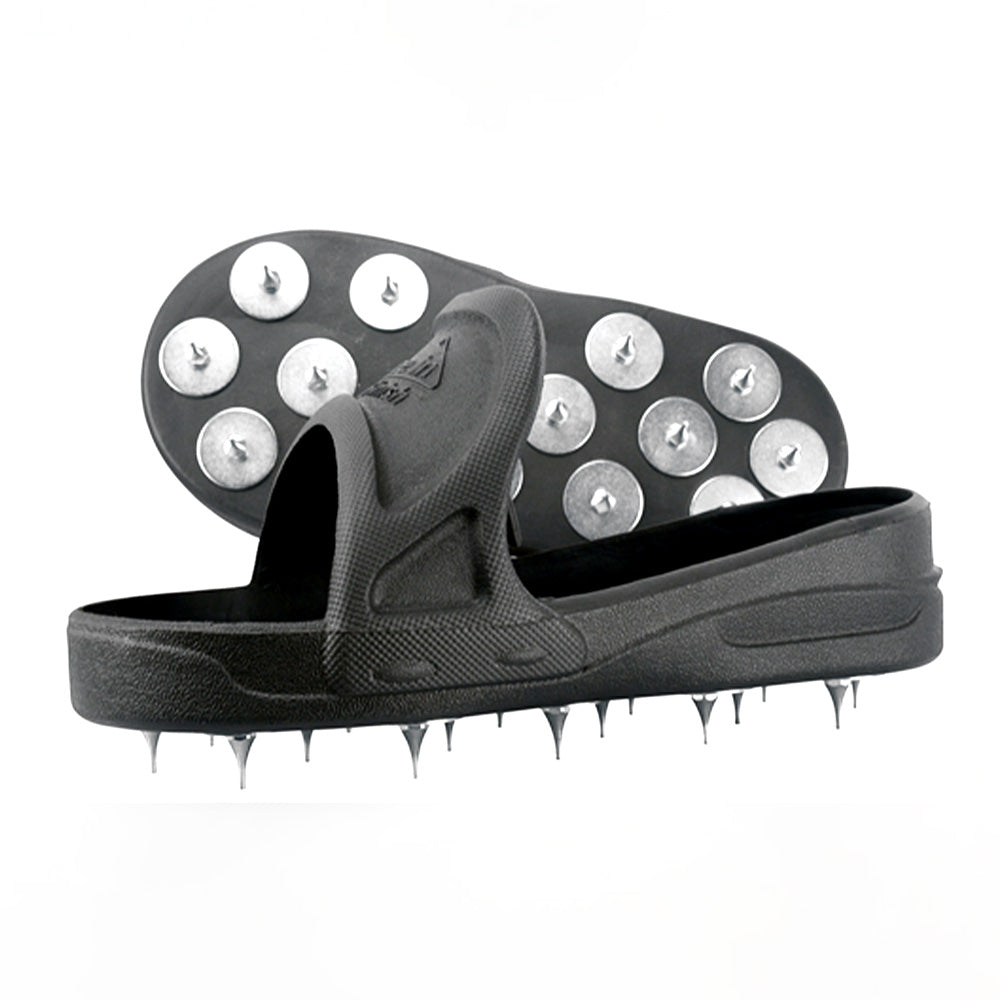There’s nothing quite like a crisp, white epoxy floor. It’s sleek, modern, and instantly transforms any room into a bright, elegant space. Whether paired with a subtle metallic accent or left pure white, this type of floor offers a marble-like finish at a fraction of the price of natural stone.
But there’s one important factor to keep in mind before committing to a white epoxy system: yellowing. Over time, epoxy floors exposed to direct sunlight can shift from brilliant white to a slightly amber or cream-colored tone. While this change doesn’t affect the durability of the floor, it does alter the look, which can be disappointing for homeowners and businesses that chose epoxy specifically for its clean, polished aesthetic.
Even when a UV-stable polyaspartic topcoat is used, yellowing may still occur. Let’s explore why this happens, what role sunlight plays, and the best ways to protect your investment.
Why Does Epoxy Yellow?
At its core, yellowing is caused by the natural properties of epoxy resin. Epoxy resin is UV unstable, meaning it’s not designed to hold up against prolonged exposure to ultraviolet radiation from the sun.

Here’s what happens on a molecular level:
- When UV rays hit the epoxy surface, they trigger a chemical reaction that breaks down the bonds within the resin polymers.
- This breakdown results in discoloration, typically appearing as a yellow, amber, or cream tint.
- While the floor remains structurally sound, the visual appearance changes, and on a white floor, even subtle discoloration is highly noticeable.
It’s important to note that yellowing doesn’t happen overnight. Instead, it’s a gradual process that speeds up depending on how much sunlight the floor receives.
Why White Floors Show Yellowing the Most
Darker epoxy floors are more forgiving when it comes to discoloration. On a slate gray or deep brown floor, for example, slight yellowing blends in and may never be noticed.
White floors, however, are a different story.
- White pigments amplify color change. Many white epoxies contain titanium dioxide, a pigment that enhances brightness. Unfortunately, this also makes any shift in color stand out dramatically.
- The contrast is stark. A brilliant white surface shifting even slightly toward cream or amber is immediately visible to the naked eye.
- Perception matters. Homeowners who choose white floors often do so for their clean, pure aesthetic. Any change from that crisp look tends to feel like a bigger issue than it would on other colors.
This is why yellowing is most commonly discussed in relation to white epoxy installations.
How Polyaspartic Helps (and Where It Falls Short)
Contractors often recommend using a polyaspartic topcoat when installing epoxy floors, especially in areas with high sun exposure. Polyaspartic coatings are known for their excellent UV stability. They resist yellowing on their own and provide strong protection for the layers beneath them.
However, here’s the key detail: polyaspartic doesn’t act as a complete shield. Instead, it functions more like a filter.
- What it does well: Polyaspartic slows down UV penetration and protects the surface from immediate damage. This means the topcoat itself won’t yellow, and it significantly delays yellowing in the epoxy base layer.
- Where it falls short: Over time, UV rays can still penetrate through the clear polyaspartic topcoat and reach the underlying epoxy. Once that happens, the natural yellowing process of epoxy begins.
This is why even with a polyaspartic topcoat, white epoxy floors can still experience color shifts after prolonged exposure.
How Sunlight Accelerates Yellowing
Not all spaces expose epoxy floors to the same conditions. The speed and severity of yellowing depend largely on how much direct sunlight the floor gets.
- High exposure (large windows, uncovered areas): Floors with direct, daily sunlight are the most at risk. Yellowing can appear in months rather than years.
- Moderate exposure (filtered light, blinds, or window film): The process slows significantly. Yellowing might take years to become noticeable.
- Low exposure (basements, shaded rooms): Floors in spaces with little to no sunlight may remain bright for much longer.
This is why installation planning matters so much. A white epoxy floor in a basement gym may stay flawless for years, while the same floor in a sunroom could begin to shift much sooner.
How to Minimize or Prevent Yellowing

The good news is that there are ways to enjoy the look of white epoxy floors while reducing the risks of yellowing. Here are the most effective strategies:
1. Choose a 100% Polyaspartic System
Instead of combining an epoxy base coat with a polyaspartic topcoat, consider using a full polyaspartic system. Since polyaspartic is naturally UV stable, it won’t yellow under sunlight. This eliminates the problem of the vulnerable epoxy base layer altogether.
2. Consider Alternative Colors
While nothing compares to the elegance of white, opting for slightly darker shades or tinted finishes can make yellowing far less noticeable. Metallic systems, for example, can add dimension while still keeping a light and bright look.
3. Use UV Inhibitors
Some high-quality epoxy formulations include UV absorbers or inhibitors. While these won’t stop yellowing entirely, they can significantly slow down the process, buying more time before discoloration appears.
4. Control Sunlight Exposure
Simple environmental adjustments can go a long way. Adding window films, blinds, or curtains can drastically reduce UV exposure. In many cases, clients even choose to cover windows when not in use to protect their floors.
Is Yellowing Really That Big of a Problem?
This depends on expectations. Structurally, yellowing doesn’t harm the durability or performance of the floor. Epoxy will continue to protect, seal, and perform as expected. The issue is purely cosmetic.
For homeowners or businesses who prioritize aesthetics — especially the clean, bright look of white — yellowing can feel like a dealbreaker. Others may find the gradual shift to be minor and acceptable, particularly if they value durability over appearance.
Final Thoughts
White epoxy floors are beautiful, timeless, and versatile — but they come with unique challenges when installed in spaces with heavy sunlight exposure. Even with a UV-stable polyaspartic topcoat, the risk of yellowing remains because the underlying epoxy layer is naturally UV unstable.
That doesn’t mean you shouldn’t install one. It just means you should do so with awareness and preparation. Whether it’s choosing a 100% polyaspartic system, adding UV inhibitors, or strategically managing sunlight, there are plenty of ways to keep that brilliant white look lasting longer.
If you’re dreaming of a white floor, don’t let the possibility of yellowing stop you — just plan ahead, protect it, and enjoy the beauty that only epoxy can deliver.


